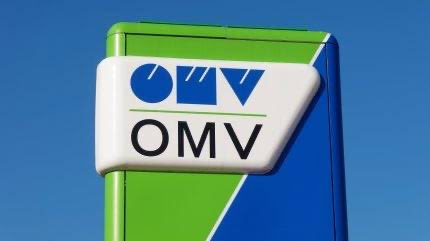KEY POINTS
- Gazprom halted gas supplies to Austria’s OMV on Saturday.
- European pipeline gas flows via Ukraine remain stable.
- LNG shipments to Europe rise as prices fluctuate.
Russian gas continued to flow to Austria on Monday, despite Gazprom halting deliveries to Austria’s largest importer, OMV, over the weekend due to a contractual dispute, according to flow data.
Gas supplies redirected as OMV faces Gazprom dispute
Gazprom cut supplies to OMV on Saturday after the Austrian company threatened to seize some of the Russian firm’s gas as compensation for winning an arbitration case. However, overall daily gas supplies to Europe through Ukraine remained steady. Before the invasion of Ukraine, Russia was the European Union’s primary supplier of pipeline gas.
According to reuters, the Urengoy-Pomary-Uzhgorod pipeline, which transports gas from Russia through Ukraine to Slovakia, supplies gas that can then flow to Austria and the Czech Republic. Before Gazprom halted deliveries to OMV, flows from Slovakia to Austria averaged 27 mcm per day.
These volumes fell by 17% to 22.6 mcm per day on Sunday, according to preliminary data from Slovakia’s transmission system operator, Eustream. Planned shipments for Monday showed requests for 22.3 mcm, with about half of that volume already transported by the afternoon.
OMV’s cutoff volumes are being purchased by other European buyers or intermediaries, according to data and industry sources. However, it is unclear who is acquiring and possibly reselling these volumes.
While OMV has lost its direct supply, Russian gas continues to flow in significant amounts to Slovakia, Hungary, and the Czech Republic, which does not have a direct contract with Gazprom.
Market impact: European prices rise as LNG steps in
Separately, gas flows from Slovakia to the Czech Republic have risen sharply, now accounting for 74% of total Czech imports since Oct. 1, even though Czech companies do not have contracts with Gazprom.
Traders and analysts speculated that this gas might originate from Russia, either delivered through the TurkStream pipeline or via Ukraine, and is being redirected due to full storage sites or cost advantages compared to Western European sources.
According to reuters, on Monday, Dutch and British wholesale gas prices fluctuated, supported by colder weather forecasts and reduced Norwegian supplies. Prices were capped by stable Russian flows through Ukraine and increased liquefied natural gas (LNG) deliveries to Europe.
The benchmark Dutch TTF front-month contract rose by 1.18 euros to 46.90 euros per megawatt-hour by 1618 GMT. Meanwhile, the LNG price for January delivery in northeast Asia increased to $14.20 per million British thermal units (mmBtu) on Friday, up from $13.60 the previous week.
At least five LNG cargoes have diverted from Asia to Europe in recent days, drawn by higher European gas prices following Gazprom’s halt of supplies to OMV, data from analytics firm Kpler showed.



